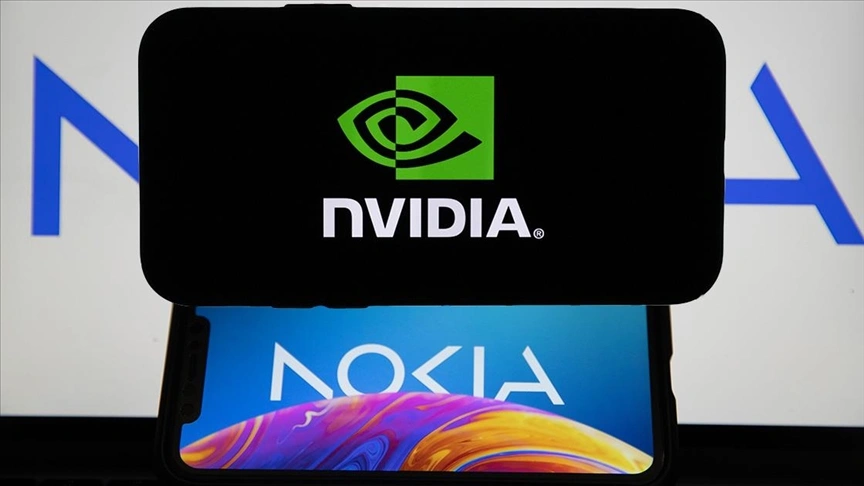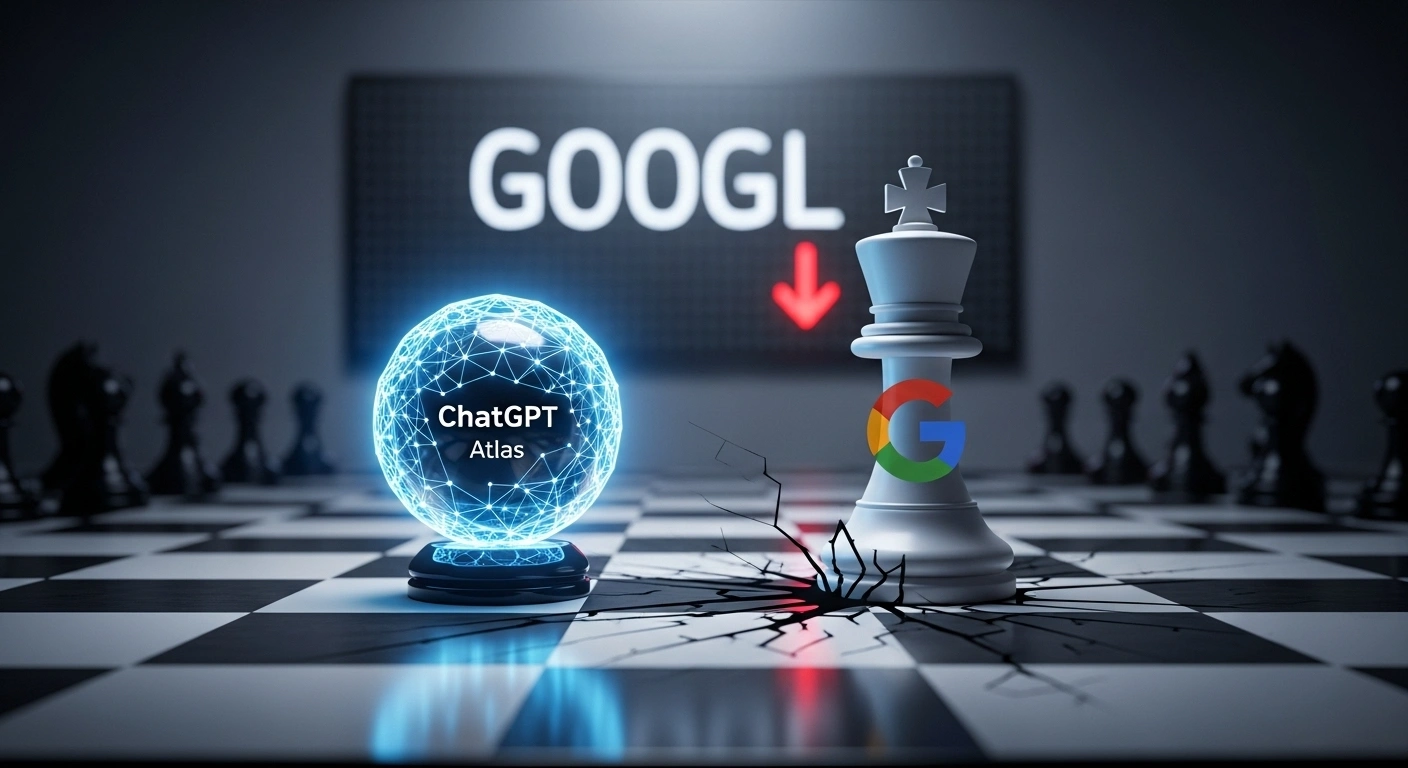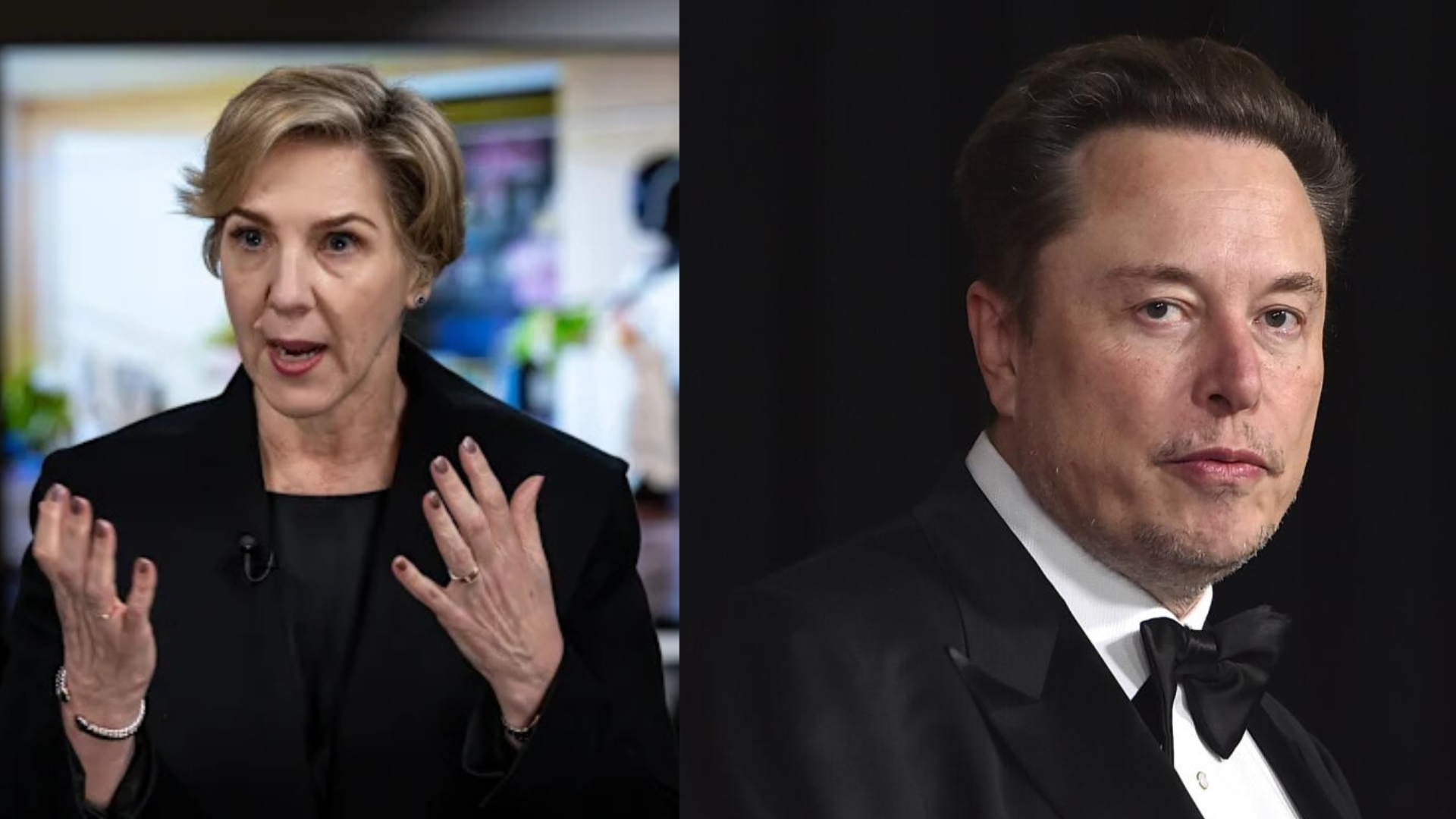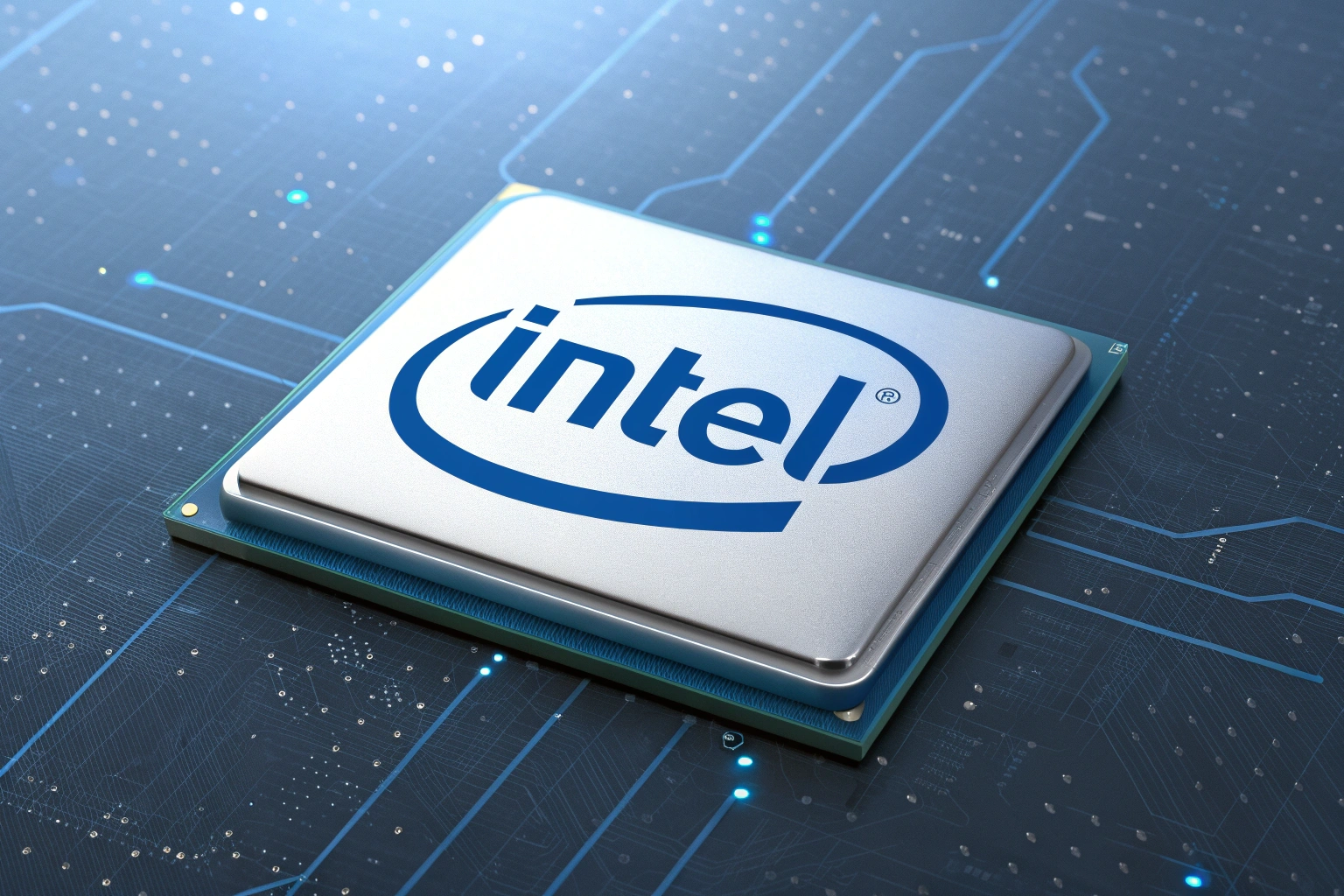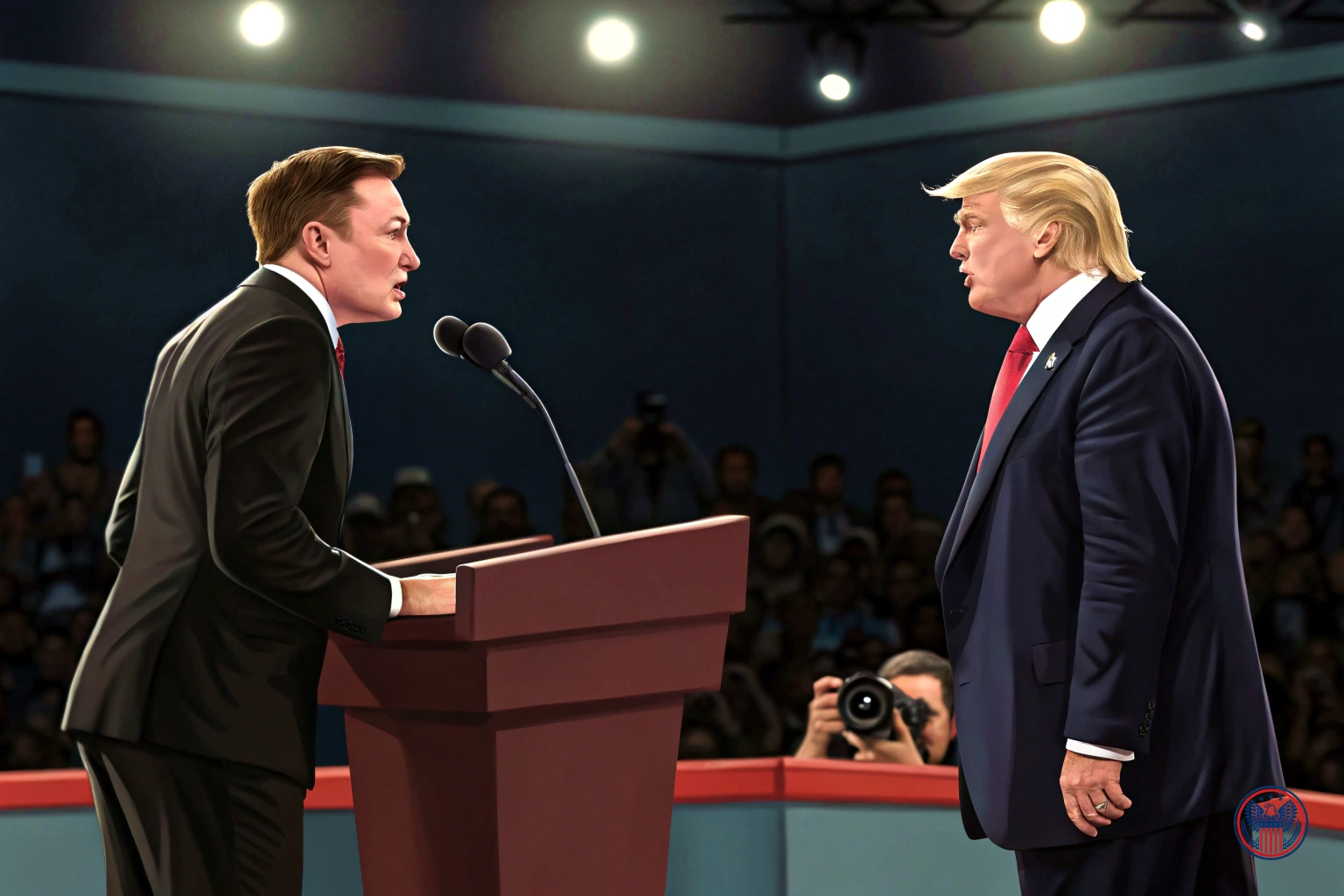NVIDIA’s CEO Charts AI’s Future, Dismissing Bubble Fears with Billions in New Deals
In a flurry of announcements from the nation’s capital, NVIDIA CEO Jensen Huang made one thing clear: the artificial intelligence revolution is not a speculative fantasy, but a new industrial dawn backed by half a trillion dollars in projected revenue for his company’s chips alone .
The surge in AI has sparked memories of past tech frenzies, with industry titans like Amazon’s Jeff Bezos and OpenAI’s Sam Altman recently warning of overinvestment and a potential “industrial bubble” . Yet, at NVIDIA’s October 28th presentation in Washington, D.C., Huang laid out a compelling counter-narrative, unveiling a sweeping series of partnerships that embed his company’s technology at the heart of American scientific research, healthcare, and national security .
“We are at the dawn of the AI industrial revolution that will define the future of every industry and nation,” Huang declared, framing this moment as “our generation’s Apollo moment” .
The Blueprint for an AI Nation
The announcements at GTC Washington D.C. were staggering in their scale and scope, positioning NVIDIA as a central architect of the country’s AI infrastructure.
The most powerful signal came from the highest levels of government. NVIDIA revealed it is collaborating with Oracle and the U.S. Department of Energy to build “Solstice,” what will be the department’s largest AI supercomputer for scientific discovery. The system will feature a record-breaking 100,000 next-generation NVIDIA Blackwell GPUs . A separate system, “Equinox,” will add another 10,000 GPUs at the Argonne National Laboratory .
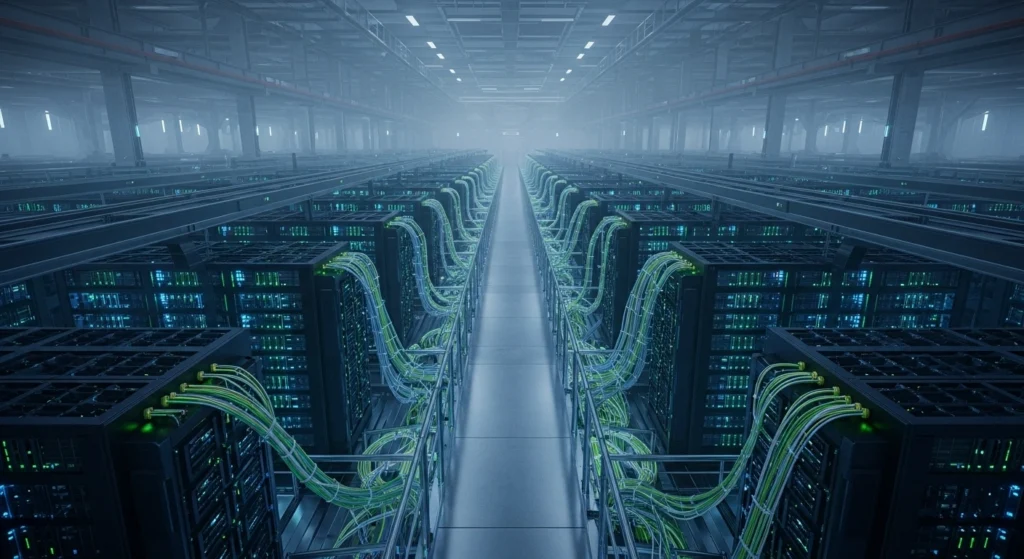
These systems are not for abstract research. They are designed to tackle some of the most complex challenges in areas like materials science, climate modeling, and national security. Thom Mason, director of Los Alamos National Laboratory, called the integration of NVIDIA’s new “Vera Rubin” platform a “transformative advancement” essential for tackling scientific and security challenges .
From Drug Discovery to Digital Twins
Beyond government, major U.S. corporations are making billion-dollar bets on NVIDIA’s AI factories—specialized computing infrastructures to develop and train AI models at scale.
In one of the most consequential partnerships for the healthcare sector, pharmaceutical giant Eli Lilly is building what the companies call the industry’s most powerful supercomputer for drug discovery. Powered by over 1,000 of NVIDIA’s Blackwell Ultra GPUs, the AI factory aims to dramatically shorten the decade-long process of bringing new drugs to market .
“For us, this is really a novel scientific instrument. It’s like an enormous microscope for biologists,” said Thomas Fuchs, Eli Lilly’s Chief AI Officer. “It really allows us to do things we couldn’t do before at that enormous scale” .

The human impact is palpable. By training AI models on millions of experiments, scientists hope to discover new molecules for treating diseases that have eluded human researchers alone. Diogo Rau, Eli Lilly’s chief information and digital officer, acknowledges the payoff will take time, with significant business benefits likely not emerging until the end of the decade . This long-term view is a hallmark of the current build-out, contrasting with the short-term hype that often characterizes bubbles.
The build-out extends to digital infrastructure. NVIDIA also announced a new AI Factory Research Center in Virginia, which will serve as a blueprint for multi-generation, gigawatt-scale AI data centers. The company is working with engineering partners like Bechtel and Jacobs, as well as a who’s who of power and cooling equipment providers, to create a scalable model for the massive AI factories of the future .
The Bull vs. The Bubble

The sheer velocity of deal-making has raised eyebrows. Recent months have seen a dizzying array of investments, including NVIDIA’s potential $100 billion stake in OpenAI, which in turn took a stake in chip rival AMD, with Microsoft and CoreWeave also woven into the complex financial web . To skeptics, this “circular financing” looks like the kind of interconnected deal-making that preceded the 2008 financial crisis .
David Siegel, a computer scientist and co-founder of hedge fund Two Sigma, voiced a concern shared by some in the industry, suggesting that the impressive capabilities of AI models may be exaggerated by “data contamination,” comparing it to “giving a student the answers to a test before they take the exam” .
Yet, the bullish case rests on what proponents see as fundamental demand. Industry forecasts suggest AI data center spending could reach a staggering $7 trillion by 2030 . This isn’t just about a few tech companies; entire nations are launching their own sovereign AI projects, signing multibillion-dollar deals for NVIDIA-powered data centers .
This tangible demand is why, despite a market capitalization exceeding $4.6 trillion, many analysts remain optimistic. They point out that NVIDIA trades at about 40 times forward earnings—a premium that could be justified if the company continues its astonishing growth trajectory, with earnings per share expected to surge over 70% in the next two years .
The Road to 2030
The true test of the AI boom may not be in stock prices, but in practical results. The Stanford AI Index Report 2025 found that AI is increasingly embedded in everyday life, with 78% of organizations reporting they now use AI, up from 55% just a year before . In the U.S., private investment in AI has ballooned to $109.1 billion, nearly twelve times the investment in China.
For NVIDIA, the path forward is paved with silicon and partnerships. From helping Mayo Clinic analyze 20 million pathology slides to powering the inference engines of cloud providers like Akamai and CoreWeave, the company’s technology is being woven into the fabric of the economy.
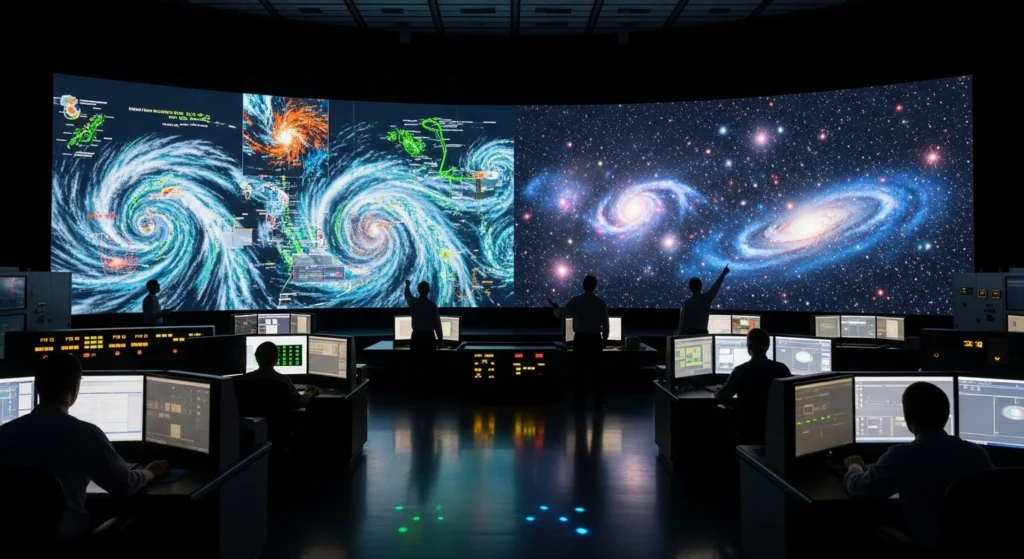
The question is no longer if AI will transform industries, but how quickly and sustainably. As NVIDIA’s Huang and his growing list of partners place their bets, the world is watching to see if this is the foundation of a new economy or the peak of a spectacular bubble. The evidence on the ground, from national labs to pharmaceutical research centers, suggests that for now, the building is just beginning.
FAQs…
What is NVDA’s biggest new partnership?
Among several major announcements, one of NVDA’s most significant new partnerships is with pharmaceutical giant Eli Lilly. The companies are building the life science industry’s most powerful supercomputer, powered by over 1,000 NVIDIA Blackwell Ultra GPUs, to radically accelerate the discovery of new drugs and treatments.
How is the U.S. government using NVDA technology?
The U.S. government is a key partner for NVDA. Through the Department of Energy, NVDA is collaborating to build “Solstice” and “Equinox,” two massive AI supercomputers that will use a combined 110,000 next-generation GPUs. These systems are designed for critical scientific research, climate modeling, and national security applications.
Why is NVDA investing in OpenAI?
NVDA’s potential multi-billion dollar investment in OpenAI is a strategic move to align with a “once-in-a-generation partner.” CEO Jensen Huang has stated he believes OpenAI is very likely to become the “world’s next multitrillion-dollar hyperscale company,” making the investment a foundational bet on the future of the AI ecosystem.
What is NVDA’s role in the future of AI?
NVDA is positioning itself as the central architect of the AI future. Beyond selling chips, the company is building a full-stack ecosystem of AI factories, software, and strategic partnerships across government, healthcare, and telecommunications. Its goal is to power the “AI industrial revolution” and become the indispensable engine for a new computing era.

